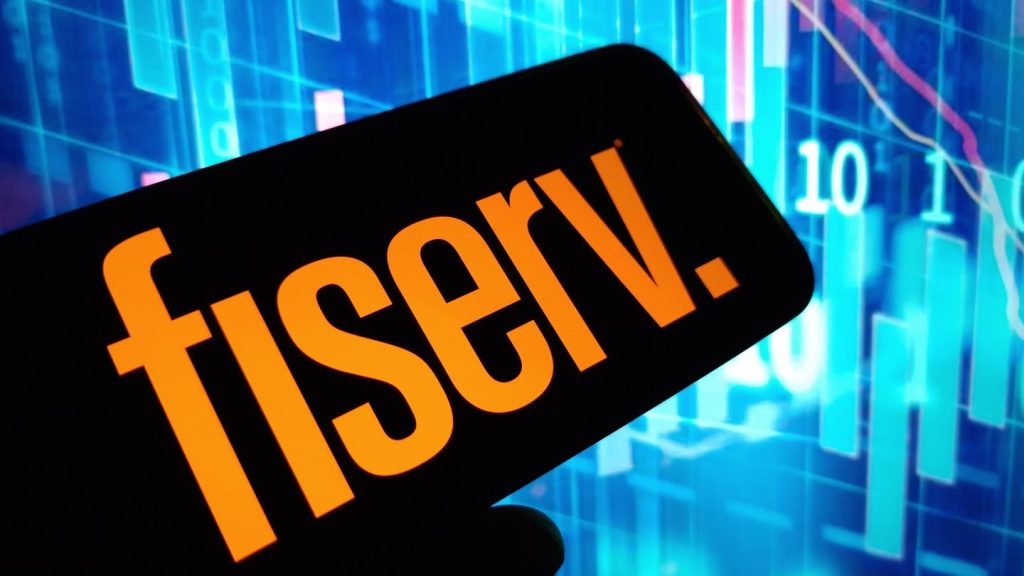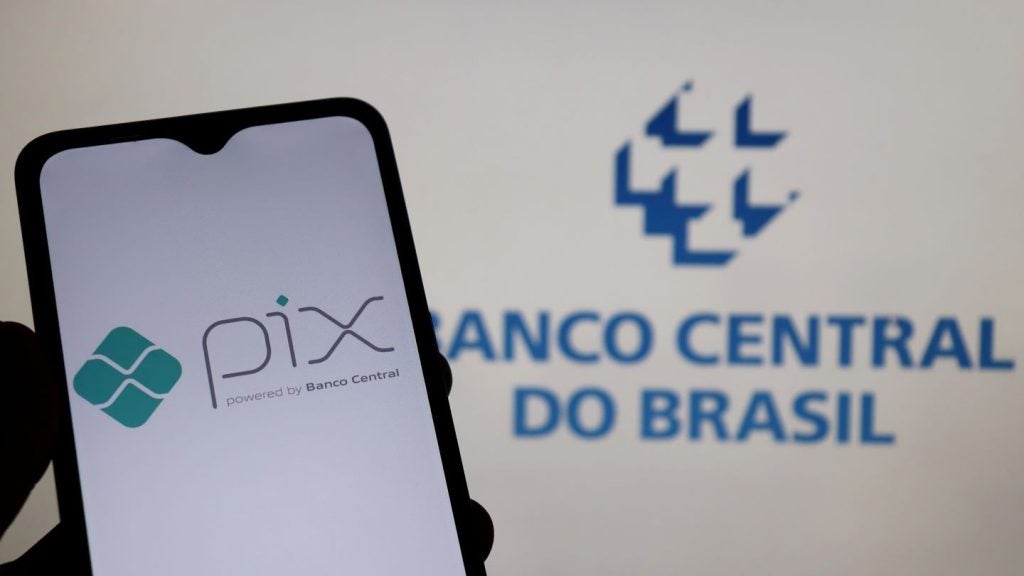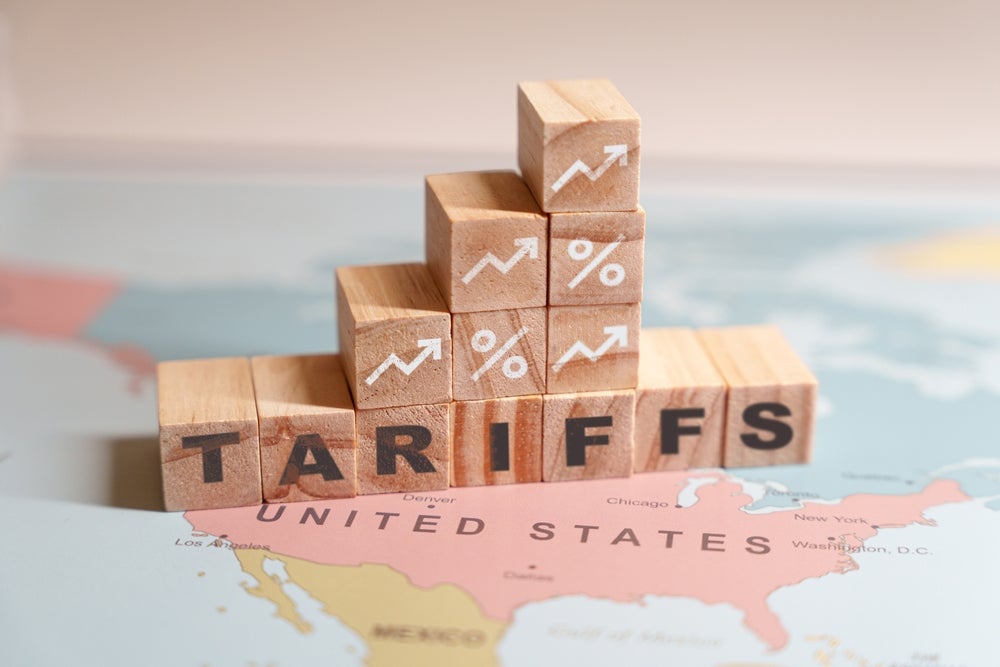
Payments in 2019 are set to be revolutionised by innovation. The sector is continually evolving and there is no sign of this slowing down. Patrick Brusnahan spoke to experts in the market to see how this will play out over the following year
Luke Ryder, Director – External Engagement for Open Banking, Barclays
2018 saw the UK’s financial digital revolution take a big step forward with the launch of Open Banking.
The initiative – part of the CMA’s retail banking remedies supported by the UK’s nine largest banks – gives consumers the ability to let third parties securely ‘plug into’ their bank and access their financial data, paving the way for a world of opportunities.
Importantly, it allows this to be done safely and securely through the use of APIs, negating the need for ‘screen-scraping’ – or, in other words, handing over your user name and password. In 2018, we already saw emergent use cases.
In September, we enabled our customers to safely and securely bring their accounts from other banks into their Barclays Mobile Banking app.
More control
I expect that 2019 will be the year when we will start to see real innovations emerging, providing customers with more control over their finances, and better value and quality services and propositions. But – and it is a big but – this will only happen if, alongside the technical innovations, all those participating in the Open Banking ecosystem ensure that they take consumers with them on the journey.
Although potentially very beneficial, sharing data also a big step for many. So, we need to ensure we build consumers’ trust in this new approach to their data, and that they feel confident and in control of picking which opportunities they want to engage with. It is all well and good unlocking the vault to this rich source of transformative information.
But people need to know that they, and they alone, hold the key. So we must focus on building our customers’ trust – offering them experiences that meet their current appetite and putting them in control every step of the way. Then, and then alone, will Open Banking really take flight.
Ralf Gladis, CEO, Computop
In 2018, we have seen innovations – but perhaps not as many as we hoped for. The PSD2 directive kicked off in January, and while instant payments were a key part of this, they still had a tough start. Banks introduced Instant Payments only for online banking, but the European retail industry is still waiting on APIs for retail payments and two-factor authentication (2FA).
For the first time in the UK, debit card transactions overtook cash as the most popular form of payment. According to research, when it comes to cashless payments, both Canada and Sweden are ahead of the pack, but this change in the UK is a significant indicator of the general trend towards electronic payment solutions and away from cash.
So, it was no surprise that Google took another step at getting involved with the launch of Google Pay – formerly known as Android Pay and Pay with Google – or that Apple Pay announced its release in the largest EU market, Germany. NFC payments rule! Of course, this activity in the mobile payments sphere prompts interest in other areas, and this year we have seen European banks responding with proprietary apps to try and take their piece of NFC action.
However, at Computop, we have not seen many new and relevant payment methods emerging. Instead, our merchants are focusing on implementing the infrastructure that will allow omnichannel payments on an international scale. Good examples of this are international car-rental firm Sixt, which now has highly encrypted P2PE terminals in its locations in Europe and the US, and German fashion company s.Oliver, with click-and-collect and ship-from-store solutions and many other advanced services.
In 2019, 2FA will start with PSD2 retail technical standards stepping into power in September. Merchants should start to find ways now to convince customers to put them on the 2FA whitelists in order to avoid repeated authentication every time customers pay for an order.
Avoiding 2FA friction
One solution to avoid 2FA friction is SEPA direct debit in Germany, Austria and Switzerland. Given the friction involved with 2FA, we will see a huge take-up of biometrics by consumers, banks and merchants – not only for payments but also for all other use cases where biometrics can replace passwords.
The rise of NFC payments with biometric authentication is the beginning of the demise of POS terminals. As IoT gains momentum, NFC allows ‘things’ to be transactional and run payments. An NFC signal will be good enough to process payments with Google Pay, Apple Pay or other banking apps; POS terminals will no longer be needed. Sales for terminals will peak in three years and slowly decline afterwards.
However, payment is a serious subject and consumers do not jump on payment trends. Adoption will be slow, so we should not expect rapid changes, but we will gradually see payments becoming more and more invisible. We are entering the world of the ‘Silent Payment’ and NFC payments.
Cristina Astore, International Division Director, SIA
2018 saw a number of significant developments in the financial services industry, which are likely to bring very attracting – and sometimes ground-breaking – new ways to consider how we make payments and manage our accounts.
Firstly, the deployment of Instant Payments by an increasing number of banks in the SEPA area proved to be a success, passing the five million-transaction mark in October. In 2019, we foresee an acceleration of the move towards them, with more financial institutions joining EBA Clearing’s instant payment system RT1 and also the European Central Bank’s TIPS platform.
With more account holders able to send and receive Instant Payments, we are likely to see this new method of payment increasingly adopted alongside the more ‘traditional’ cards. However, Instant Payments have to be integrated in the retail environment to be more successful. To adopt it, consumers should be able to pay seamlessly and securely with their smartphone in retail shops or on the internet.
Many fintechs are experimenting solutions in that direction for payments in 2019, but they will have to co-operate with banks to make them interoperable and reach critical mass. Those service providers that cover the whole value chain – from the POS to the current account – will be in the best position to benefit from this move.
Secondly, the most disruptive change introduced by the revised Payment Service Directives, the ability for Third-Party Payment Services Providers to access any bank account, will also boost the adoption of Instant Payments for retail when PSD2 really goes into force in 2019. Furthermore, the convergence move between cards and digital payment actors started in Italy in 2018, with the agreement between Italian domestic card scheme Bancomat and SIA to use its mobile real-time payment service, Jiffy, to be branded Bancomat Pay, will certainly not remain isolated, with other domestic schemes teaming up with electronic payment initiatives.
Finally, the multiplication of blockchain implementations, such as the SIAChain private infrastructure, promises to provide innovative applications in many areas of the industry and beyond.
Ed Maslaveckas, co-founder, Bud
Research that we have conducted has uncovered that many bank customers feel a real sense of anxiety linked to ‘the desire to do more’ versus the realities of their finances. This is propagated by constant peer comparison and assessment: the endless cycle of triumphs and achievements viewed through the unforgiving lens of social media.
Banks can cement their relevance in this context by looking to create new value in transactional data – building new experiences by cleverly linking data from the products and services that make up their customers’ financial worlds. We expect to see this trend really take off in 2019, as banks take advantage of Open Banking to power products that will help them stand out from the crowd in their customers’ eyes – this year, personal finance will have to get really personal.







